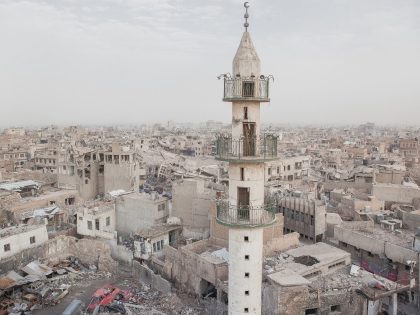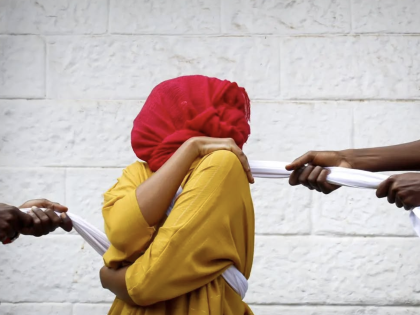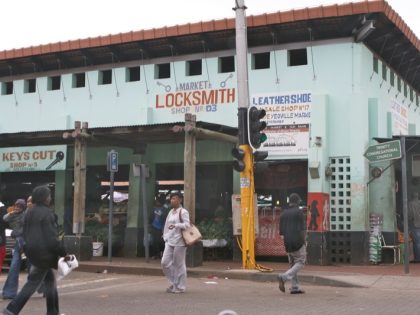The "colorful" women of Karamoja

By Dan Moshenberg
Somebody call Paul Gauguin. The site of exotic exploration of bare naked, happy “backward”, “traditional”, and yet, magically, beautiful women has moved from Tahiti to Karamoja, in northeastern Uganda. According to media responses to the exhibition, “Colours of Karamoja”, held a couple of weeks ago at the MishMash Gallery, in Kampala, the women of Karamoja “radiate energy and power” with their “love of bright colours and physical adornment.”
But the women of Karamoja are a bit more than a blank palette on which bright colors are splayed. A lot more, actually.
The Karimojong are pastoralists. The men raise herds, mostly cattle, and raid the herds of other groups. The women and children mostly tend to the households and crops. That was the plan, and it worked for a while. Then the ivory traders brought guns, and, next, the army brought AK47’s. This meant that cattle rustling turned from highly localized to massively lethal. Men were being killed right and left, in furious battles that then became “intractable conflict”. For women, the fields became too dangerous as well, and so women had to find other means to survive, and they did.
The women of Karamoja had always brewed beer, for ritual and ceremonial purposes. When the guns came and the men died in greater and greater numbers, the women started brewing and distributing beer for purchase. It turns out that “colorful” women are also creative women, “innovative … in managing scarcity.”
It was in the context of mounting, and seemingly never ending, internecine warfare, and intimate violence, that women became the peace makers, through a combination of persistence and creativity. In one instance, for example, “two mothers from opposing communities exchange babies and breast-feed them as a symbolic alliance between the two communities.”
The women of Karamoja are survivors, creators. They were the ones who, in the catastrophic year 1971 when Idi Amin took power, were attacked and stripped by soldiers, and were forced to crush their beads and melt their wedding bands. Those beads the women of Karamoja wear today are not simply adornments.
The women of Karamoja do indeed wear bright colors and physical adornments, which are indeed stunning. Those necklaces and beads,however, do not emerge from “tradition” or “backward culture”. They come out of a women’s history of struggle.



















